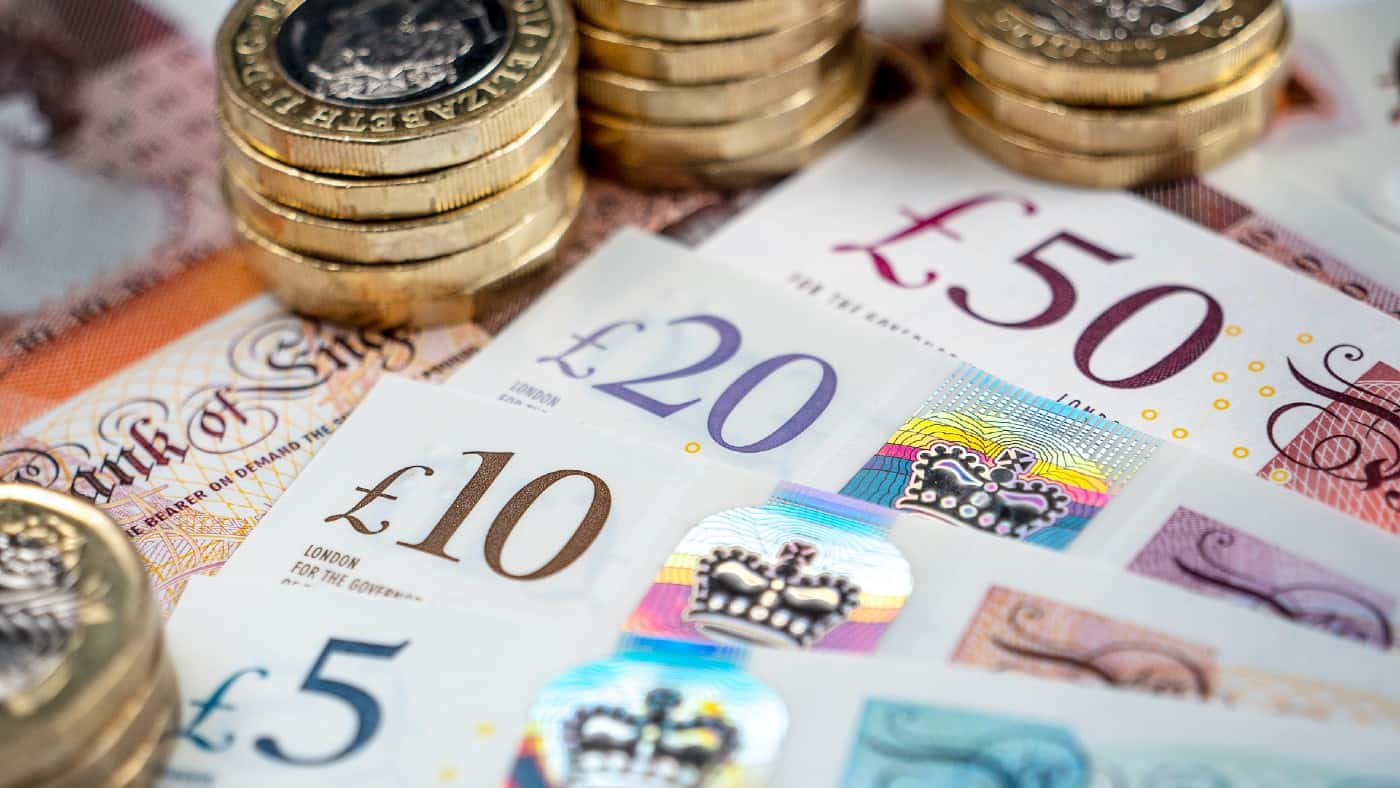Image source: Getty Images
Historically, April has been, on average, the best month for the FTSE 100. I first stumbled upon this finding when I investigated how Santa Claus affects the FTSE 100. From 1996 through 2020, I found the average return on the FTSE 100 in April to be 2.3%. The next best performing month was December with an average return of 2%, then October with 1%.
Table 1. Avererage FTSE 100 monthly returns measured from 1996 to 2020
| Jan | Feb | Mar | Apr | May | Jun | Jul | Aug | Sep | Oct | Nov | Dec | |
| Average FTSE 100 Return | -0.9% | 0.3% | -0.2% | 2.3% | -0.3% | -1.0% | 0.8% | -0.7% | -0.8% | 1.0% | 0.8% | 2.0% |
Aside from average monthly FTSE 100 price returns (which do not include the effects of dividends), gain and loss frequencies can be illuminating. According to research by Equity Clock, covering 20 years of data ending 31 December 2016, gains in April occur 70% of the time. That means that April showers losses on FTSE 100 investors 30% of the time. December is the best month in terms of this metric, with gains occurring 85% of the time. October and February are tied at 75%.
5 Stocks For Trying To Build Wealth After 50
Markets around the world are reeling from the current situation in Ukraine… and with so many great companies trading at what look to be ‘discount-bin’ prices, now could be the time for savvy investors to snap up some potential bargains.
But whether you’re a newbie investor or a seasoned pro, deciding which stocks to add to your shopping list can be a daunting prospect during such unprecedented times.
Fortunately, The Motley Fool UK analyst team have short-listed five companies that they believe STILL boast significant long-term growth prospects despite the global upheaval…
We’re sharing the names in a special FREE investing report that you can download today. We believe these stocks could be a great fit for any well-diversified portfolio with the goal of building wealth in your 50’s.
Click here to claim your free copy now!
FTSE 100 monthly returns
The worst FTSE 100 decline in April between 1996 and 2020 was -3.3%, which is milder than any of the other months. November is second best with -4.6% and then December with -5.5%. March has the worst maximum loss of -13.8%, which occurred in 2020 during the coronavirus market crash. November had the best return of 12.4%, which occurred in 2021.
Table 2. FTSE 100 monthly gain probability and max and min returns measured from 1996 to 2020
| Jan | Feb | Mar | Apr | May | Jun | Jul | Aug | Sep | Oct | Nov | Dec | |
| Gain Frequency | 45% | 75% | 55% | 70% | 45% | 30% | 60% | 50% | 50% | 75% | 50% | 85% |
| Max Return | 6.4% | 4.6% | 6.1% | 8.7% | 4.4% | 4.7% | 8.5% | 6.5% | 8.9% | 8.5% | 12.4% | 6.7% |
| Min Return | -9.5% | -9.7% | -13.8% | -3.3% | -7.3% | -8.4% | -8.8% | -10.0% | -13.0% | -10.7% | -4.6% | -5.5% |
So what am I doing with all this information? Well, the first thing to note is that this data is only relevant to investing in the FTSE 100 as a whole. An index tracker like the iShares Core FTSE 100 UCITS ETF offered by BlackRock would be one way to do this. Second, these results are historical and might not hold true in the future. That being said, setting expectations in investing using historical data is common practice. But, I have to bear in mind that I could only expect, for example, an average FTSE 100 return of 2.3% in April going forward by being invested for the long term over multiple Aprils.
And of course, these return calcualtions ignore dividends. The yield on the FTSE 100 is around 3.5% right now. I would need to invest for at least a year to have a chance of capturing it and boosting my returns. Picking months to dip in and out (which would build up transaction costs) means I would miss out on this. Still, even if I don’t act on this data, it’s a useful reference for me, and helps put market moves in context. It’s always a good idea for any UK investor to familiarise themselves with Britain’s bellwether index.
Credit: Source link













